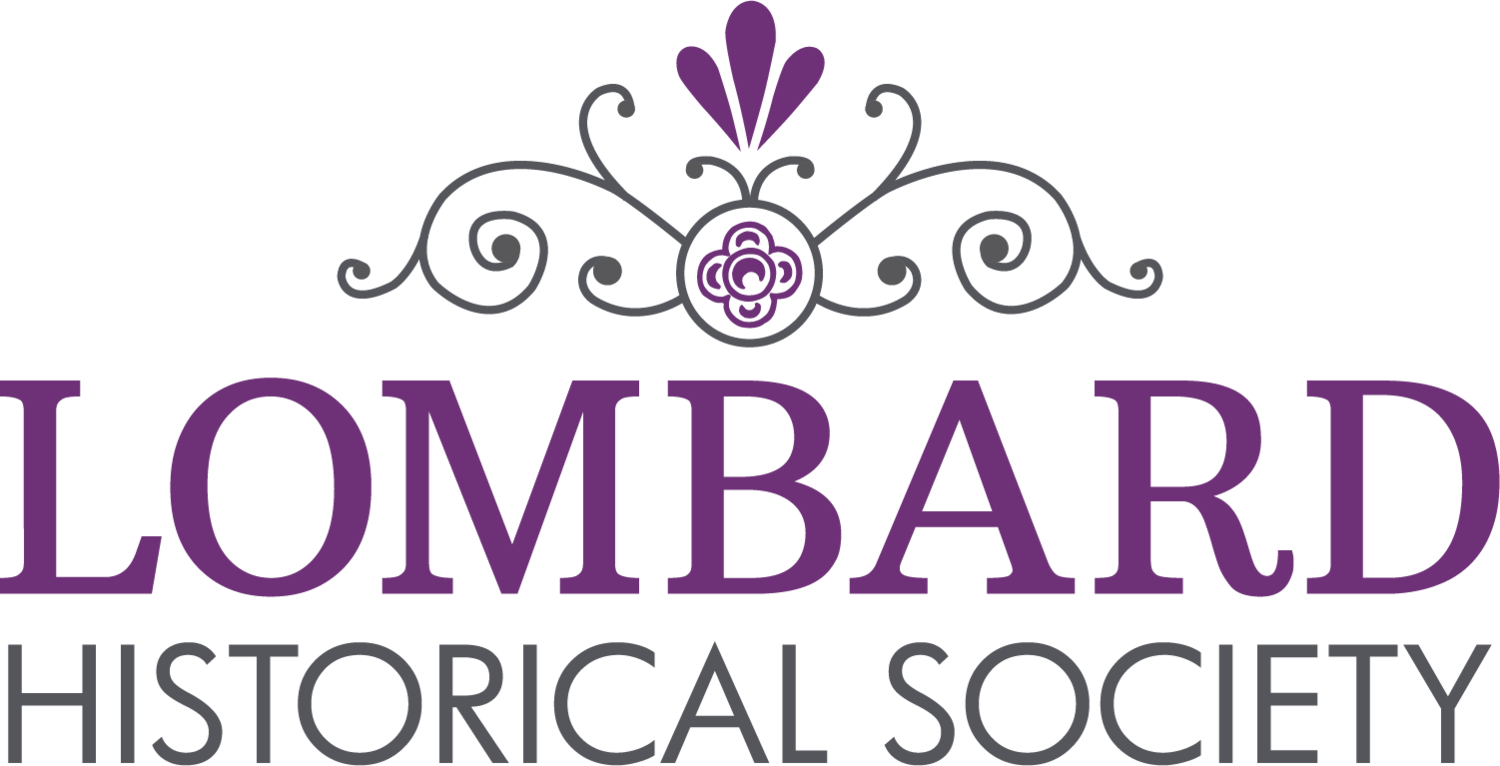Chicago Arts & Crafts Movement
The 1893 Chicago World’s Fair ignited the enthusiasm of a new wave of artisans and entrepreneurs, men and women, confident in their abilities and talents and ready to start an arts and crafts revolution.
Christia M. Reade and Clara B. Welles, among other leading craft workers, shared their studios with other artists, served on boards and committees of art organizations, and exhibited in their home communities, in Chicago, regionally and nationally, bringing recognition to some of the best artisans of the era.
The Krayle Company, one of the first arts and crafts commercial enterprises in Chicago, was organized in 1897 to produce handcrafted items for the home by a group of crafters, Christia M. Reade being a founding member and chief metalworker. The Shop consisted of a collaboration of leading artists that included women sculptors, craftsworkers, artists and metalworkers. Reade specialized in chatelaine bag mountings, belt buckles, brooches and hatpins hand wrought in copper, brass or silver set with semiprecious stones. George H. Trautman, a Chicago metalsmith, and Reade shared a studio from 1913—1917. They collaborated on innovative designs for lamps and fixtures that won a Municipal Art Artists’ League prize at the Art Institute of Chicago in 1914.
Hover Over Image for Caption















